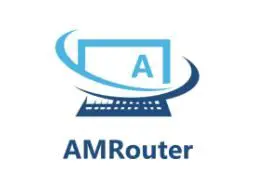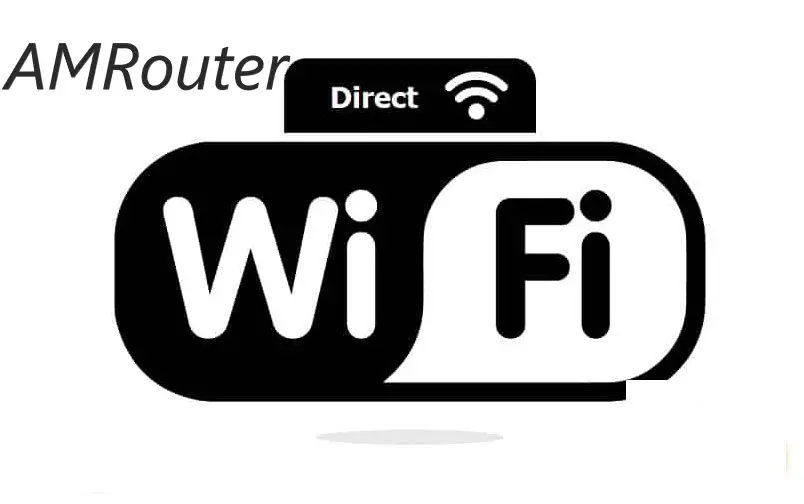What is Wi-Fi direct?
There is a wireless connection utilized by a number of users and devices, however, it is rarely mentioned. For more than ten years, a technology known as WiFi Direct has made peer-to-peer wireless systems flexible. What is it? How it functions here is all the information you require.
Wi-Fi Direct defined:
Wi-Fi Direct allows two devices to be connected without the need for a local network connection. One device acts as an access point, and another connects to it through Wi-Fi Secure Access and Wi-Fi Protected Setting (WPS) (WPS). The standard was developed and deployed into devices in the early twenty-first century.
How Does WiFi Direct Works?
To carry out its tasks, Wi-Fi Direct makes use of several standards, including:
- Wi-Fi: It uses the same Wi-Fi protocol that Wi-Fi devices employ when connecting to wireless routers. A Wi-Fi Direct device serves as an access point, allowing other Wi-Fi devices to connect directly to it. Ad-hoc networking now allows it, but Wi-Fi Direct improves it with simple installation and discovery choices.
- Wi-Fi Service Discovery and Direct Device: With the help of this protocol, Wi-Fi Direct devices can find one another and the applications they offer before establishing a connection. An illustration Wi-Fi Direct device could scan all nearby devices that can connect to Wi-Fi, pick out the ones that can print, and then show a list of near area Wi-Fi Direct printers.
- Wi-Fi Protected Setup: at the time when two devices connect, Wi-Fi Secure Setup, or WPS, is automatically used to establish the connection. We can only hope that the WPS connection mechanism used by device manufacturers is more secure than the incredibly unsafe WPS PIN method.
- WPA2: Devices of Wi-Fi Direct use the safest way to keep Wi-Fi safe.
Given that Direct Wi-Fi operates in peer-to-peer mode, it is also called P2P Wi-Fi. Instead of using a wireless router, devices connected using Wi-Fi Leading directly to one another.
What do individuals do with Wi-Fi Direct?
Wi-Fi Direct is being used for several purposes, some of which include:
- Fast file sharing: Direct allows you to easily share large files with a friend or a group when you can’t set up a wifi connection.
- Wireless printing of photos: It is made possible by Direct, which can handle a lot of wireless data and is great for complex wireless printing tasks.
- Screen casting and sharing your screen: Wi-Fi Direct enables you to accomplish a variety of things, such as playing smartphone games on a large screen, sharing family pics on your TV, and making digital depictions.
- Getting together to play games: Despite the lack of Wi-Fi in the region, everyone has the same game on their cell phone, and they can perform together by connecting through Direct.
- Easy to sync: Some gadgets will use Wi-Fi Connect to share data and information and keep themselves up to date. This characteristic can hurry things up a lot, particularly if a lot of new media files are added at once.
Things that work with WiFi Direct
Since the benchmarks for Wi-Fi Direct were added to the Digital Living Network Alliance (DLNA) in 2011, buyers have indeed been allowed to use it for more than ten years. There are currently numerous compatible gadgets on the market, and you may not have considered them all. Since iOS 7, Apple devices can do it natively, and since Android 2.3, apps can do it as well. (Even if Apple offers the capability under its own, more well-known names, such as Airdrop and Airplay).
Numerous surround sound speakers utilize Direct to stream media from portable devices or screencast from mobile smartphones. It is compatible with Roku, and many smart TVs include Wi-Fi Direct. Multiple peripherals can wirelessly connect and toggle between Bluetooth and Wi-Fi Direct. This device features wireless printing and headphones with high-definition audio.
Different devices can link to each other using Wi-Fi Direct in different ways. On some gadgets, you might need to scan a QR code. Some of them need a PIN. On some devices, initiating a connection requires pressing a button. As the importance of cybersecurity has increased over time, many devices now employ a combination of tactics rather than connecting immediately.
How to Fix WiFi Direct Connectivity Problems
Devices with Wi-Fi Direct experience the connectivity problems that Wi-Fi routers experience since Wi-Fi Direct uses the same fundamental technology that enables contemporary laptops, smartphones, TVs, and even appliances to wirelessly connect to the internet.
The simplest approach to identify and fix any Wi-Fi-related issues is with Net Spot. Any 802.11 network can be used with this expert program for wireless site surveys, Wi-Fi analysis, and troubleshooting, which is compatible with Windows, Mac, and Mac Windows operating systems.
By simply clicking a button, Net Spot enables you to visualize, manage, and troubleshoot wireless networks while pinpointing the root of your wireless problems. No matter if a nearby child is practicing wireless network hacking on your router or if data packets are having problems reaching their destination due to severe interference, net Spot can identify the issue and provide you with the knowledge you need to fix it.
You don’t even need to spend any money to try out net Spot because you can get this expert Wi-Fi troubleshooting program for macros and Windows for free.
WiFi Direct and security
In comparison to other solutions, Wi-Fi Direct offers few security benefits and poses few security threats. It can be risky to do this while using a device connected to another system. It can be scary to use a clear relation on a device that is also attached to some other system. Older protocols like WPS make it simpler for attackers to take over a link. You need to understand how to protect your Clear relationship. Using Wi-Fi Direct, anybody has access to your data.
Look up how Directs security functions and how to make your device safer. Wi-Fi Direct connections come in two flavors: transient and permanent. It automatically connects because a permanent connection enables you to save data on your device. It’s practical but poses a serious security concern. It’s advisable to restrict persistent connections because you can’t communicate with unfamiliar devices. Temporary connections are more secure and do not automatically connect. Also available are temporary pins.
Never use older Wi-Fi Direct connections in public; instead, switch to newer connections with better safety features. Hackers are constantly seeking new methods to steal data. Because of a recent Linux bug, hackers can now use Wi-Fi Direct to get into mobile devices that have Wi-Fi turned on.
Conclusion
Wi-Fi Direct is a technique that isn’t used nearly as much as it should be. It lets a lot of Wi-Fi-enabled devices connect and share data without a central wireless router. Wi-Fi Direct may simplify many activities that would otherwise be difficult, particularly when used in conjunction with net Spot, the simplest native Wi-Fi site investigation application for Mac and Windows.

